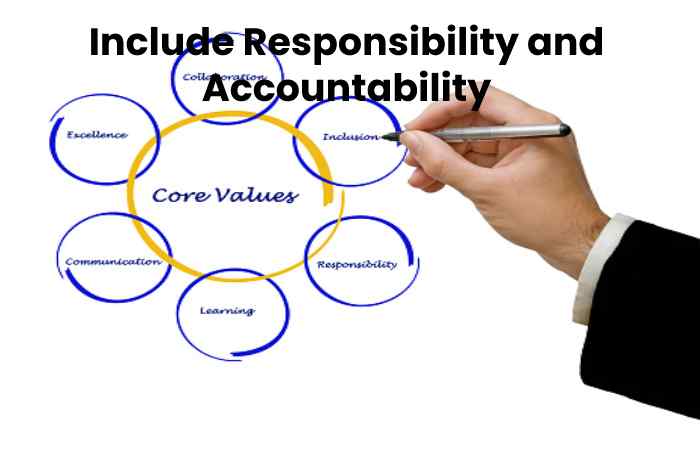Artificial Intelligence in Your Organization: Artificial intelligence (AI) is the most revolutionizing technology of the digital age. Enterprises search for ways to utilize machine learning (ML) and AI tools to harness customer insights, spot talent, and secure business networks. And while IT departments can rapidly organize and leverage most technologies, the evidence suggests that CIOs must pay extreme attention when implementing AI, mainly when using technologies with tough ethical considerations.
AI suffers from the main problem of bias within companies which compromises the widespread adoption of AI in the enterprise. For instance, MIT and the University of Toronto researchers found that the company’s facial credit software confused women, especially dark-skinned women, with men.
The number of companies accepting AI has improved from 10% four years ago to 37% in 2019, rendering to Gartner’s survey of 3,000 CIOs. In the short term, businesses should try to build an ethic around using AI. But they must be strategic in integrating AI into business.
Table of Contents
Fixing Cultural Bias
The idea of “test and fail” will be crucial for effectively implementing AI in the workplace. AI requires a culture that rejects the typical IT-driven mentality and is open to failure. AI algorithms can be continuously enhanced and refined using a trial-and-error method, which ultimately yields the best return on investment.
The adoption of AI in the industry remains further hampered by the risk component involved. For example, a CIO’s typical term of employment is now measured in months rather than years because the private and public sectors sometimes only think three or four months ahead and favor doing nothing rather than playing with their roles. It will be vital to alter this mentality if businesses are at the forefront of implementing cutting-edge technologies and maintaining an advantage over rivals.
Companies that have already invested in digital transformations but haven’t seen much return on their investments are less likely to wager on the “current trend” of AI. However, AI has significant promise for bringing about genuine changes in the workplace. Businesses that follow the “test and fail” philosophy will swiftly pick up on the impending disruptive wave and utilize AI in their operations in the future. Cite accountability and responsibility
Include Responsibility and Accountability

You must include accountability for particular elements associated with mandated rules if you want to implement AI projects successfully in highly sensitive industries like finance. This aids in addressing these kinds of inquiries:
- Who is in charge of the AI platform?
- Can your business ensure the accuracy of AI decisions?
- Exists a system of compliance controls?
Accountability for these kinds of problems will foster transparency and an AI system that is responsible.
Establishing a Department of AI Inside
Creating an internal AI team will be one of the ways you may advance your AI projects. You may build a strong team that can assist you in hiring and retaining staff by utilizing the AI expertise found in particular industries. By calculating scientists, data engineers, and machine learning engineers for your crew. New AI-related teams and job descriptions will need to remain developed.
Participatory Design in Action
Building responsible AI based on participatory design, which involves the people who will be using the final product, is another way to develop a more long-lasting solution.
Imagine this: If automated software is to remain implemented in a call center to lessen an employee’s workload. The development process should ideally incorporate customers, a call center supervisor, and a call center staff.
Plan your AI spending.
AI developments are valuable to me, but they cannot function on a zero budget. Nevertheless, AI is currently having a big impact on professional roles and economic growth.
Deloitte surveyed early adopters to learn more about their experiences with AI, the budget they are ready to spend on it, and the ROI they anticipate. As a result, 51 percent of those polled indicated that, in the upcoming year. They would be willing to boost their investment in AI by 10%.
Experiment and Begin Small.
It takes patience and experimentation, even though you want to establish your artificial intelligence plan as rapidly as feasible. It is preferable to develop a limited number of challenging-to-implement artificial intelligence resources. Make these resources your own to use them to your advantage. It can call for using certain data that has been thoroughly investigated and used to create AI applications.
Reduce Employee Worry over being let go
Although it’s unknown how much AI will disrupt or destroy occupations. Businesses should start educating their staff about potential changes and offering advice on how to requalify to stay relevant. Retraining employees whose jobs remain intended to be automated allows them time to search for a new position. State Auto, an insurer, is a specific example of this since it educates its employees to manage more sophisticated claims as robotic process automation (RPA) commonly handles lower-level work.
Conclusion
The challenge that businesses currently face is how to develop a sustainable AI investment program and how to adapt organizational culture. Ironically, rather than training and implementing AI, which is fast becoming a commodity. True innovation in AI will come from preparing businesses to use the technology.
The potential of AI is intriguing. When used in particular business processes, it should promote growth and probably contribute to your company’s leaner, more agile operation. You can develop your Artificial Intelligence plan by utilizing either of these suggestions.
Also read : iphone xs cardholder max cases
Related posts
Featured Posts
Brooks Launch 8 Women
Brooks Launch 8 Women: The Brooks Launch 8 is an impartial lightweight cushioned trainer. The Launch 8 can be a quick…
What is Marketing Icon
Marketing Icon: A marketing Icon is everything in the marketing world. If you want to capture marketing budgets, marketing with…

